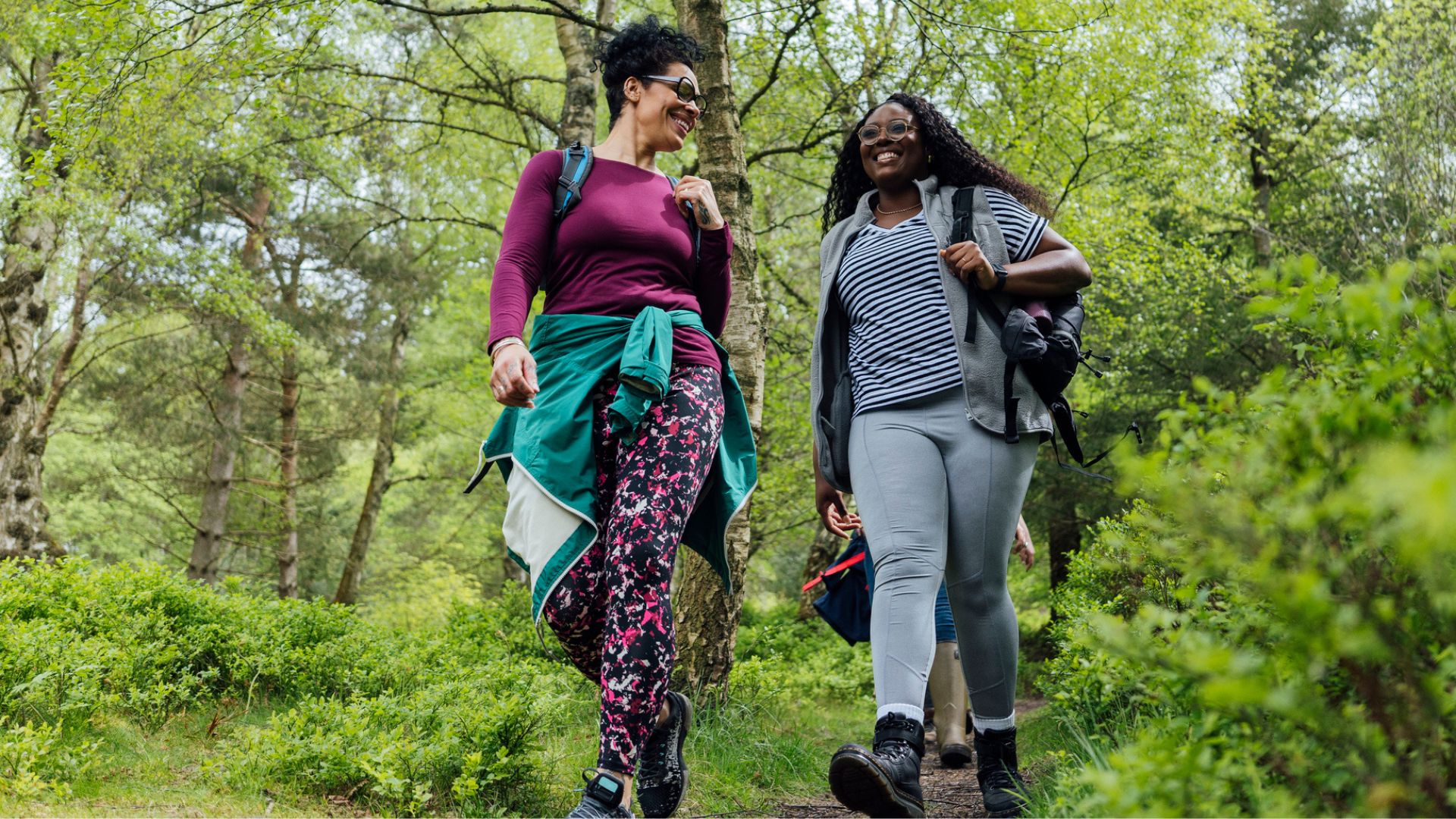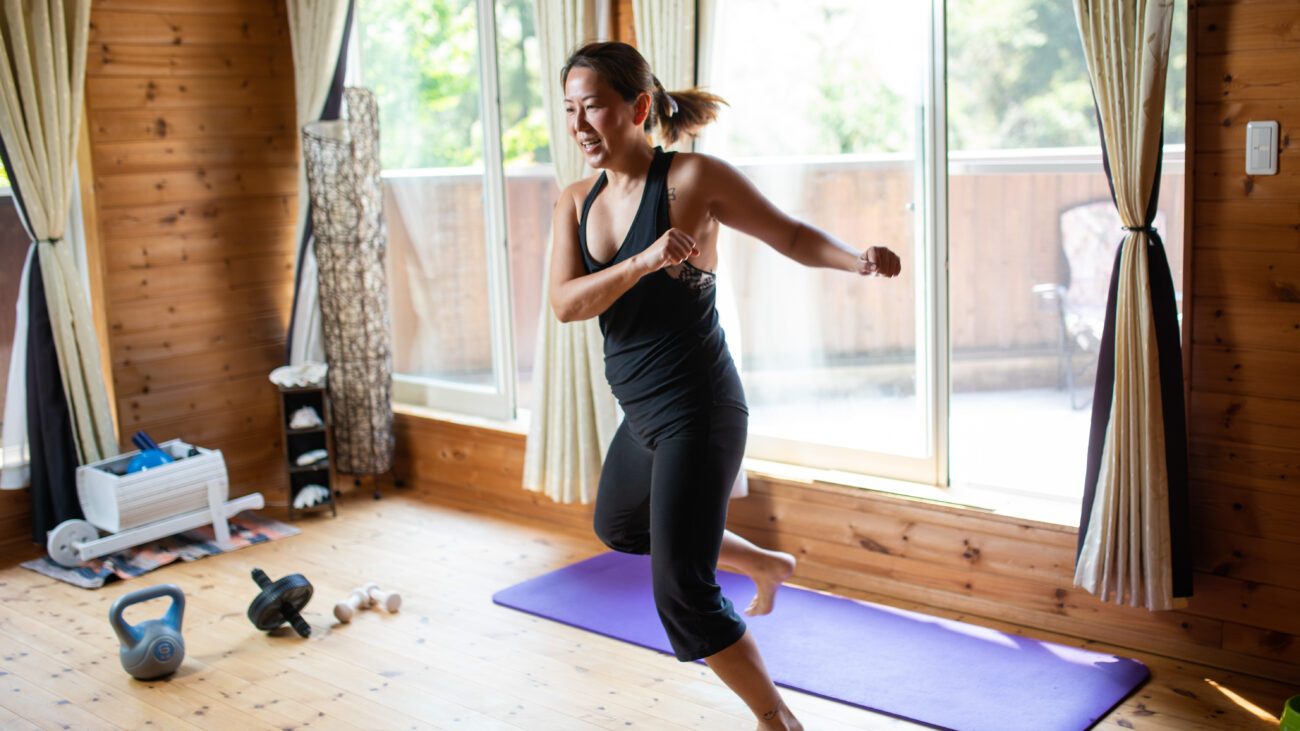Blog
A walking expert says these exercises will help you build up the strength to walk again if you’re out of practice

Health and fitness titles like ours often offer advice about increasing step count, hitting a certain number every day and clocking up double-digit mileage for the week.
But what happens when you’ve taken time off from your regular amount of walking? Maybe an illness, an injury or some other misfortune has gotten in the way of getting your steps in. You can end up losing a lot of the basic attributes you need for walking safely, such as balance, strength and stamina.
Milica McDowell, a doctor of physical therapy, exercise physiologist, and VP of operations for Gait Happens, explains what you need to be doing to build up the foundational walking components that will make your return to walking easier.
“There are a lot of ways to prepare your body to walk before you even begin walking,” she says, suggesting the below six moves in particular.
So, whether you’re new to regular walks, returning after a break or just keen to stay injury-free, try these exercises to ensure a safe and successful step count.
1. Single leg swing
“During walking, you are in a single-leg stance part of the time,” McDowell explains. “When you’re swinging one leg through, you need to be able to balance on just the other one.”
McDowell says that single leg balance is an important component of walking, alongside postural control and overall balance.
Another benefit of a single leg swing is that it helps the body to achieve the rhythm it will be using when walking.
“The arms swing and the pelvis rotates a little bit, so it’s great for people to do at home safely if they’re looking to do some preparatory work before they even start walking.”
2. Sit to stand
“From a strength training perspective, moving from sitting to standing—either out of a chair or holding onto a counter and doing little mini squats—trains a lot of the muscles that we use during walking,” says McDowell.
3. Calf raise
“Another exercise that’s great is holding on to a counter and doing a calf raise or a heel raise because your calf muscles are playing an integral part in the propulsion of your legs when you’re walking.”
McDowell explains that if someone has difficulty going up a flight of stairs or getting out of a chair, these types of exercise can help them prepare their body to tolerate walking with less risk of a fall.
4. Single leg balance
Watch On
“During the walking cycle, you’re on a single leg about 40% of the time,” says McDowell.
She suggests that you start by holding onto a counter and shifting your body weight from leg to leg. Once you are comfortable with this, you can then lift each leg one at a time and practice standing on one leg.
McDowell explains that this exercise can be challenging and sometimes frightening for people with a history of balance challenges or falls, so it helps to build balance, but also confidence.
5. Arm Swing
“Another thing we encourage people to do is work on unlocking their arm swing and unlocking their torso. And so they can even just stand and work on swinging their arms and letting their torso move,” says McDowell.
“If people have been immobile for a while or their bodies have become stiff or they’re working through some pain conditions, they tend to get tight, and arm swinging is the type of movement that they are likely to subconsciously limit. The less natural your walking pattern is, the more likely you are to fall.”
6. Big toe press
“People are often surprised that this has such an impact, but big toe strength is one of the biggest predictors of risk of falls. If your big toe is weak, your fall risk will be much higher,” explains McDowell.
“Sit in a chair barefoot and press down with just your big toe, like you’re stepping on a gas pedal or pushing a piano key. You want to press and hold just with the big toe, with all the other toes relaxed and then release.”
Once you can do that comfortably, you can start trying this big toe push from standing.












